reverse genetics influenza
39 that is delivered as a nasal spray and has been licensed for use in. IDV is distributed worldwide and is one of the.

Schematic Diagram Of The Reverse Genetic Strategy To Produce Candidate Download Scientific Diagram
The vaccine-candidate reference virus stock described in this report has been produced entirely on a cell substrate licensed for the manufacture of human vaccine and as.
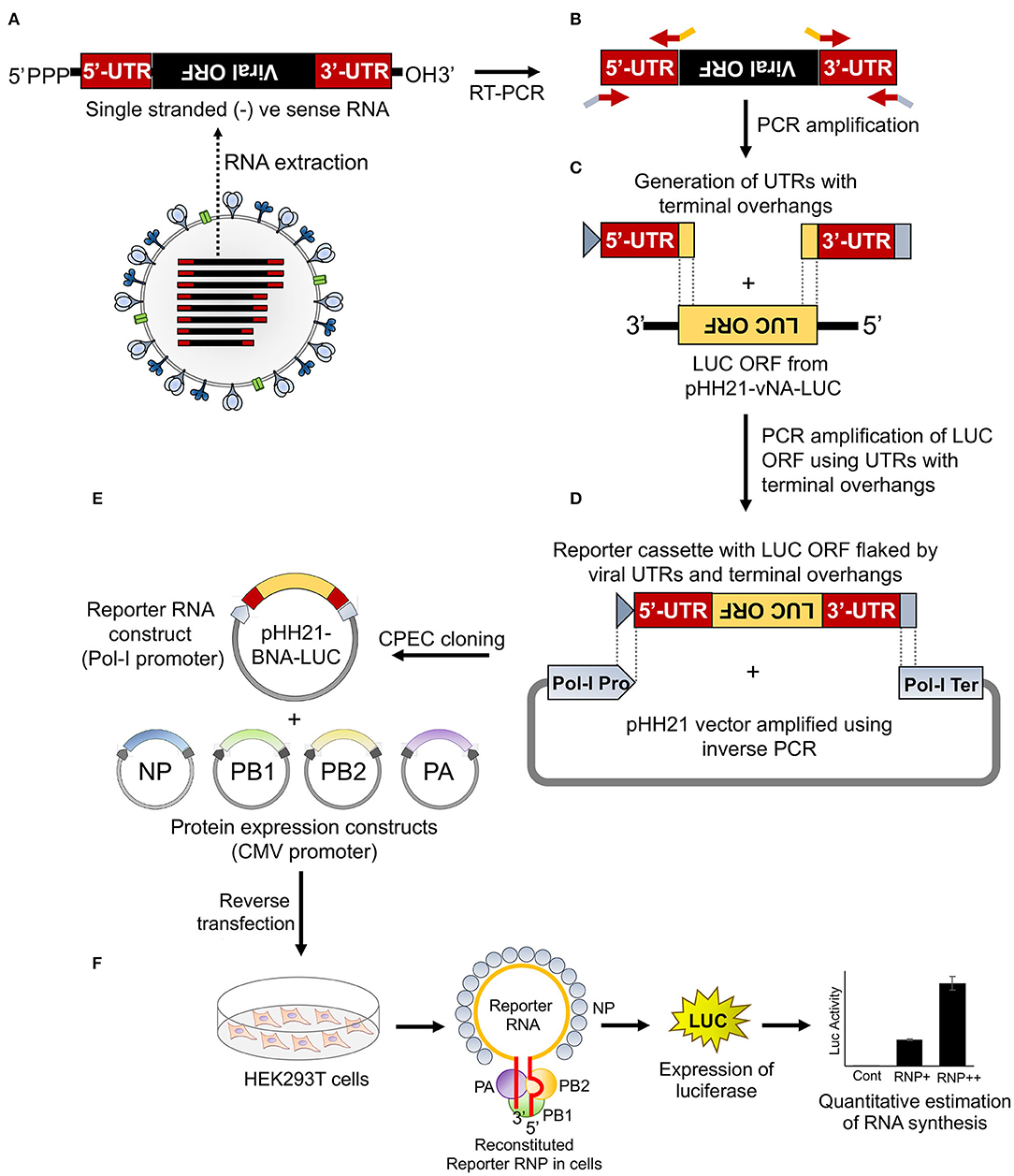
. USA 96 93459350 and others. Coupled with in vitro mutagenesis reverse genetics can be applied widely to accelerate progress in understanding the influenza virus life cycle the generation of customized vaccine seed strains development of live-attenuated vaccines and the use of influenza virus as vaccine and gene delivery vectors. The reverse genetics RG system of influenza A viruses is well established.
These reverse genetics systems have provided investigators with novel and powerful approaches to answer important questions about the biology of influenza viruses. Here we extended and adopted the cDNA based reverse genetic system to generate both injectable and nasal spray type live attenuated influenza vaccine LAIV. Reverse genetics is a method in molecular genetics that is used to help understand the function s of a gene by analysing the phenotypic effects caused by genetically engineering specific.
Reverse genetics is an experimental molecular genetics technique that enables researchers to elucidate gene function by examining changes to phenotypes of cells or. Influenza D virus IDV is considered to be a causative agent of the BRDC. A breakthrough in reverse genetics technology in the influenza virus field came in 1999 when we Neumann et al 1999 Proc.
Establishment of a Reverse Genetics System for Influenza D Virus Influenza D virus IDV was initially isolated in the United States in 2011. Production of reverse genetics viruses. Reverse genetics is used in many laboratories around the world and enables the creation of tailor-made influenza viruses with a desired genotype or phenotype.
This review summarizes major technical breakthroughs in the development of reverse genetics technologies for negative-sense RNA viruses using Influenza A Virus IAV as. University of Maryland College Park Book. Use of Reverse Genetics to Study Influenza Virus Tropism in vivo with a Pandemic Strain of Influenza Although it is well established that influenza A virus infection is initiated in the.
The segmented genomes of influenza viruses bunyaviruses and arenaviruses allowed some genetic manipulation through the isolation of reassortant viruses but. Influenza viruses are considered prominent pathogens of humans and animals that are extensively investigated because of public health importance. In a landmark decision that will speed up the manufacturing of influenza vaccines the US Food and Drug Administration FDA has approved the use of reverse genetics.
Reverse genetics of influenza B and the development of a novel LAIV vaccine Authors Finch CL Year. However the conventional sequence-dependent method for cloning influenza genome. For production of reverse genetics virus 293 T cells were seeded in 6-well plates in the concentration of 1 10 6 cells2 mL.
For the preparation of pandemic influenza CVVs reverse genetic technology is a common method to generate high-growth reassortant viruses using six internal genes derived. Likewise reverse genetics techniques have been used for the implementation of inactivated or live-attenuated influenza vaccines and the identification of anti-influenza drugs. This review summarizes major technical breakthroughs in the development of reverse genetics technologies for negative-sense RNA viruses using Influenza A Virus IAV as a model system.
Ann Arbor University Name. Here we developed a reverse genetics system that allows for the generation of IDV from cloned cDNAs. This robust and highly efficient reverse genetics system could therefore be an asset for the rapid preparation of vaccine strains in pandemic situations.
Reverse genetics has been used to generate an effective commercially available LAIV FluMist Ref. Reverse genetics is the creation of a virus from a full-length cDNA copy of the viral genome referred to as an infectious clone and is one of the most powerful genetic tools in modern. Reverse genetics has been exploited extensively to dissect the roles of influenza virus gene segments in disease pathogenicity hostpathogen interactions and to develop new.

Reverse Genetics Approach For Generating Live Attenuated Influenza Download Scientific Diagram

Technique Evolution Of Influenza Virus Reverse Genetics Helper Virus Download Scientific Diagram

Pin On Innovation Toronto Updated

Generation Of Recombinant Vaccines For Influenza By Reverse Genetics Download Scientific Diagram
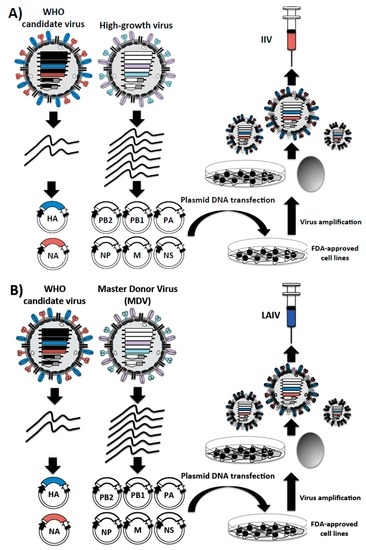
Ijms Free Full Text Reverse Genetics Approaches For The Development Of Influenza Vaccines Html

Ijms Free Full Text Reverse Genetics Approaches For The Development Of Influenza Vaccines Html

Frontiers A Comprehensive Roadmap Towards The Generation Of An Influenza B Reporter Assay Using A Single Dna Polymerase Based Cloning Of The Reporter Rna Construct Microbiology

Variations In Reverse Genetics Systems For Influenza Virus Reverse Download Scientific Diagram

Pdf Reverse Genetics Approaches For The Development Of Influenza Vaccines Semantic Scholar

Types Of Viruses Vector Illustration Labeled Drawings Vectormine Medical Laboratory Science Study Biology Microbiology Study
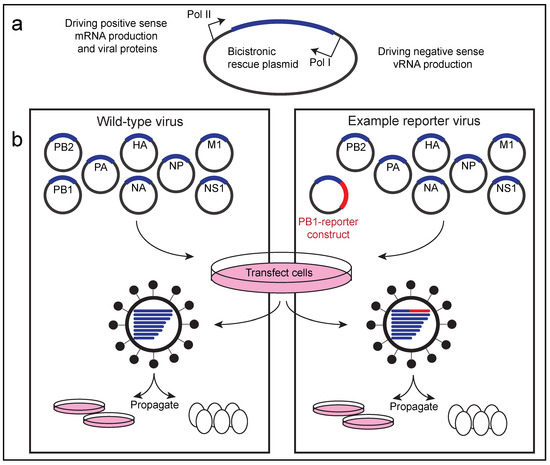
Viruses Free Full Text The Development And Use Of Reporter Influenza B Viruses Html
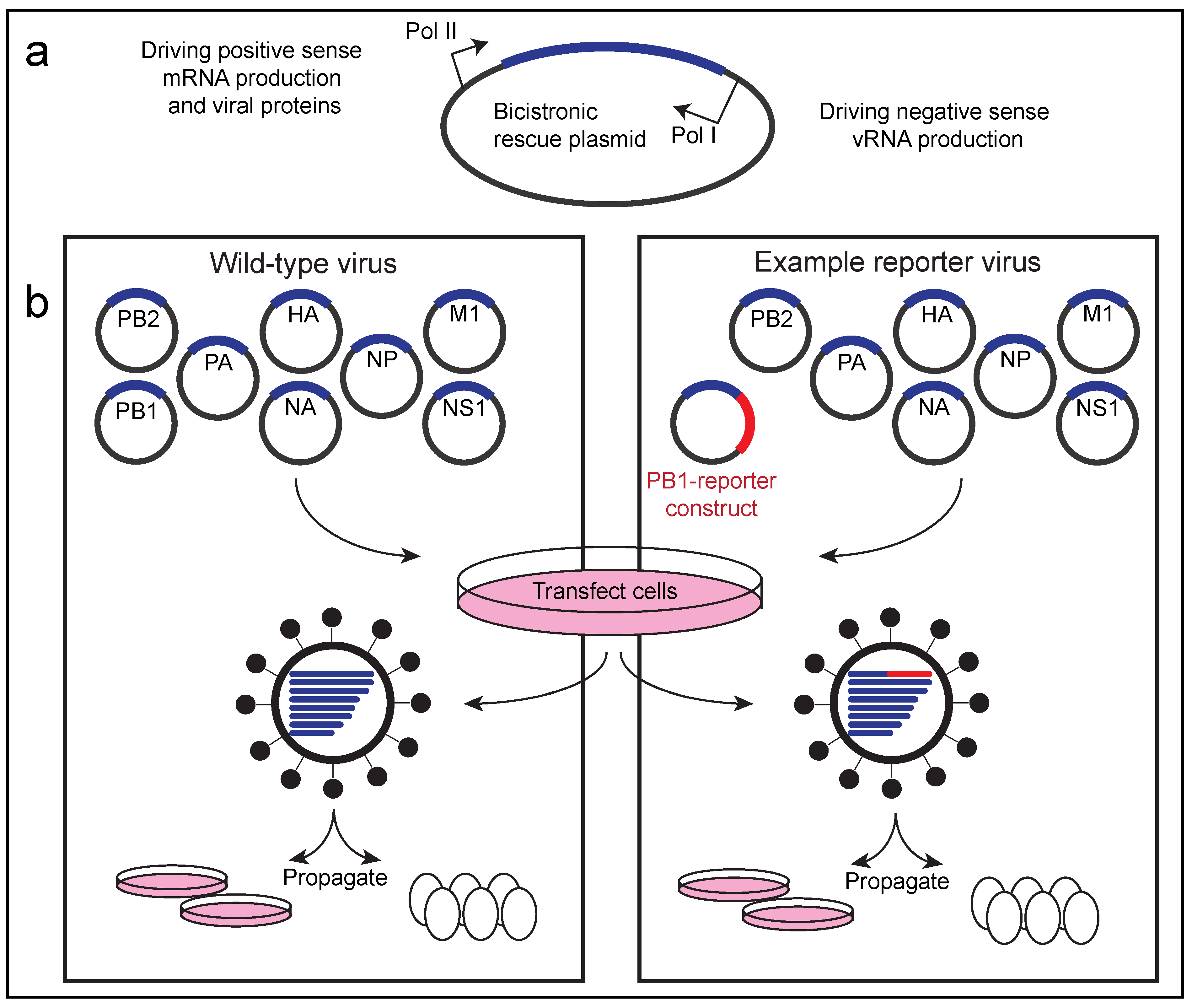
Viruses Free Full Text The Development And Use Of Reporter Influenza B Viruses Html

A Multi Targeting Nucleoside Modified Mrna Influenza Virus Vaccine Provides Broad Protection In Mice Molecular Therapy
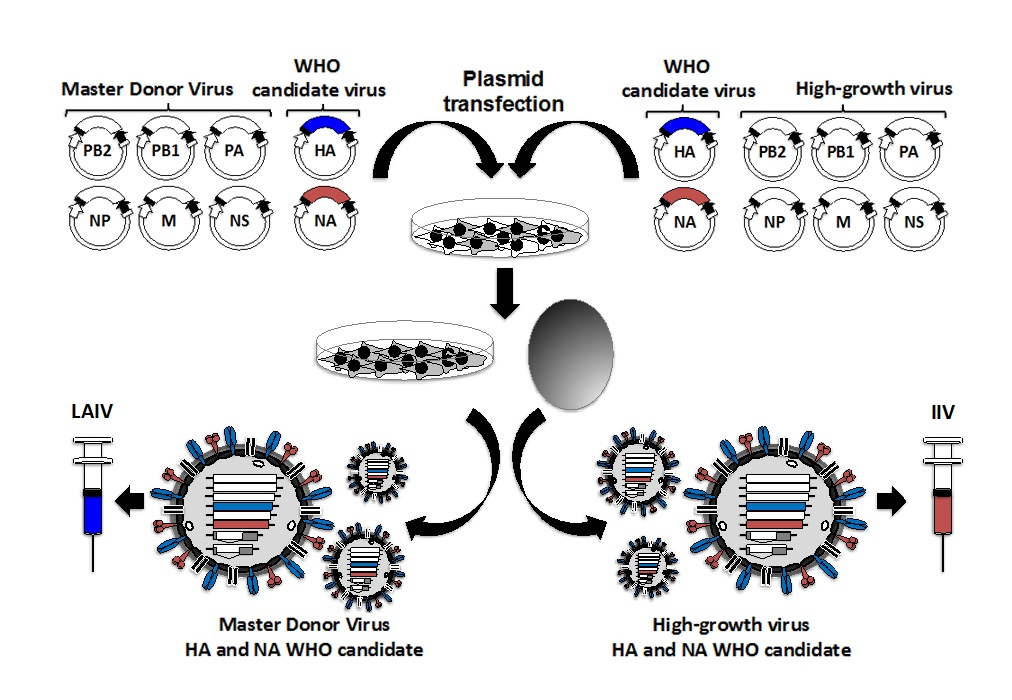
Ijms Free Full Text Reverse Genetics Approaches For The Development Of Influenza Vaccines Html

Generation Of H9n2 Influenza Viruses By Reverse Genetics A Duck Hong Download Scientific Diagram
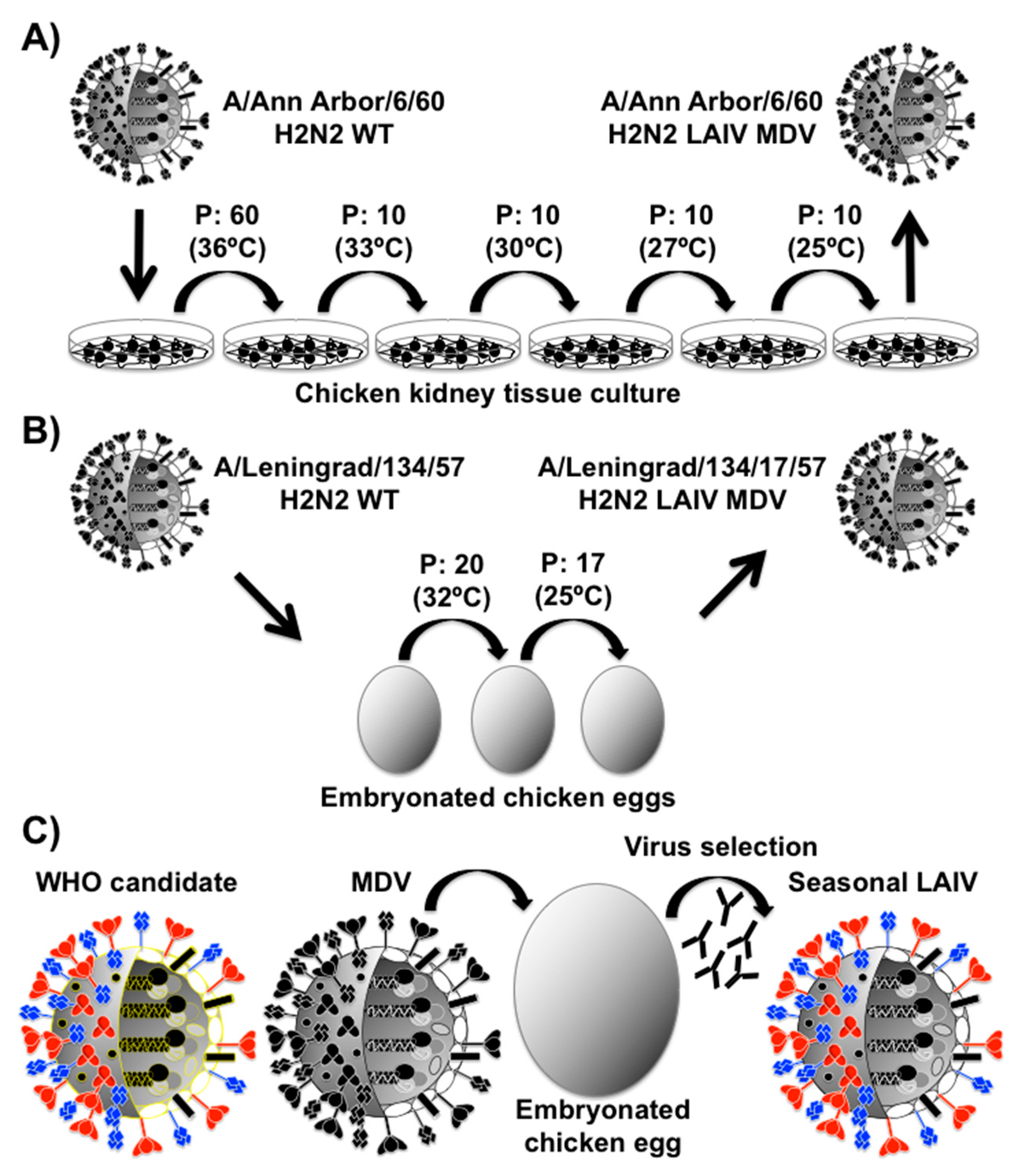
Viruses Free Full Text Temperature Sensitive Mutations In Influenza A Viral Ribonucleoprotein Complex Responsible For The Attenuation Of The Live Attenuated Influenza Vaccine Html
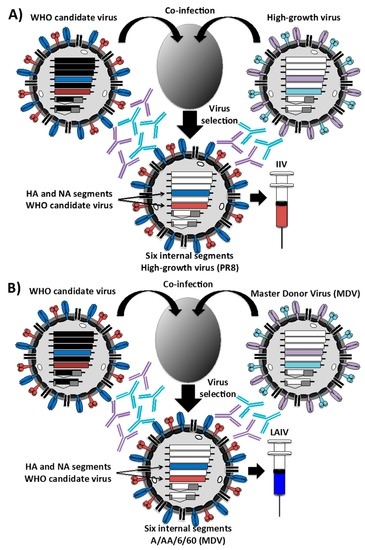
Ijms Free Full Text Reverse Genetics Approaches For The Development Of Influenza Vaccines Html

Comments
Post a Comment